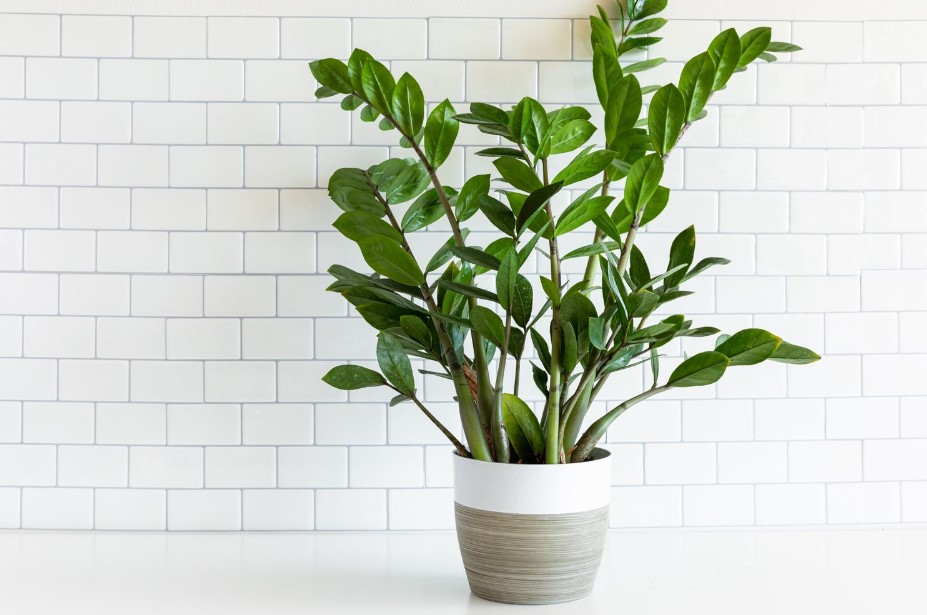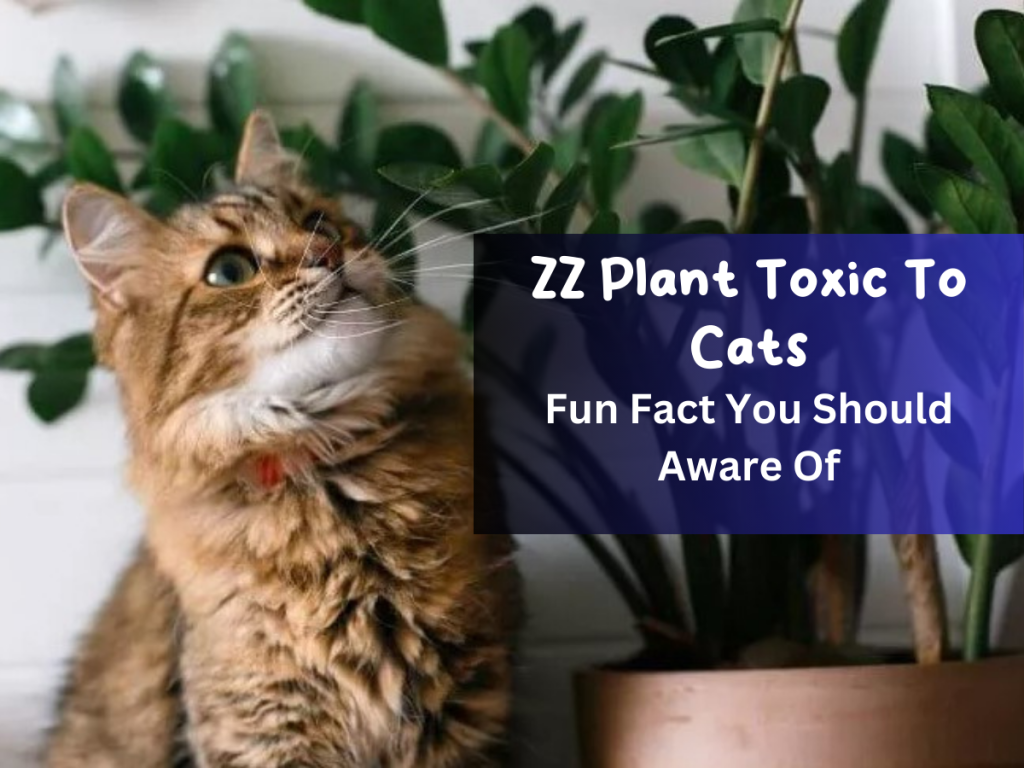The ZZ plant, scientifically known as Zamioculcas zamiifolia, has been a topic of discussion regarding its potential toxicity to cats. Originating from Eastern Africa, specifically Kenya, to northern South Africa, this unique plant belongs to the arum family. It has become a favorite among gardening enthusiasts for its evergreen nature, glossy leaves, and resilience, making it suitable for indoor and outdoor settings. If you’re a cat owner, you may have wondered: is ZZ plant toxic to cats? Learn the facts about ZZ plant toxicity to cats and how to ensure the well-being of your furry friends. Explore the risks and precautions associated with ZZ plants and keep your cats safe from potential harm.
While ample information is available online warning cat owners about the potential dangers of the ZZ plant, it’s important to dispel some of the myths and provide accurate knowledge for the well-being of your feline companion. A quick Google search will yield numerous websites offering such information.

is it true that the ZZ plant is toxic to cats?
According to Dr. Leonard Perry from the University of Vermont, ZZ plants contain calcium oxalate crystals. The same substances can cause kidney stones in humans. When ingested, these sharp, tiny crystals can cause discomfort and swelling of the tongue and throat. However, it is worth noting that while cats may consume the plant, they are often deterred by the unpleasant sensation, which can be likened to chewing glass.
In cases where cats eat ZZ plants, the needle-like crystals sticking to their mouths can result in vomiting, excessive salivation, drooling, and potential enlargement of the pharynx. Dr. Tina A. Wismer from the ASPCA Animal Poison Center explains that throat blockage is uncommon in cats, and most poisoning cases can be successfully treated within 24 hours.
If a ZZ plant has poisoned your cat, rinse its mouth with water or milk. However, it is crucial to seek veterinary assistance if the condition appears serious promptly. Furthermore, it is essential to keep houseplants containing oxalate crystals, such as philodendrons, dumb cane, and peace lilies, away from cats. When pruning the plant, ensure that any fallen leaves are picked up and clippings are appropriately discarded.
How Dangerous Are ZZ Plants?
While all parts of the ZZ plant are toxic, it is not as dangerous as one might assume. Since it is not particularly appealing to pets, the likelihood of significant ingestion could be higher. If a substantial amount of the plant is consumed, gastric distress, diarrhea, and vomiting may occur. The sap of the ZZ plant contains calcium oxalate crystals that can cause irritation and gastric distress due to their sharp edges.
To protect yourself and your loved ones from potential ZZ plant toxicity, it is essential to wear gardening gloves and eye protection when handling the plant. Thoroughly wash your hands after working with it, and clean any gardening tools used with the ZZ plant to prevent potential contamination.
If your child or pet has ingested the ZZ plant, check their mouth for any remaining plant parts before initiating any treatment. After removing all problematic plant matter, rinse off the sap and offer calming foods like milk, yogurt, or ice cream.
Many people wonder if it’s possible to keep the ZZ Plant safely.
Even if the plant is deemed safe for children or pets, protecting it from unwanted nibbling and curiosity is still advisable. Placing the plant on a high shelf or in a physically inaccessible area can help prevent potential harm. You can also consider purchasing cat repellent sprays designed to deter cats from accessing your plants. By carefully reading the product label, Ensure the spray is safe for plants and will not harm your furry friend.
Creating an indoor garden for your cat can also be an effective strategy to prevent them from nibbling on your plants. Cat grass, readily available for consumption by cats, can be purchased or quickly grown at home. Grass seeds like oats, wheat, rye, or barley can be obtained from a local pet shop or garden center. Plant them in an attractive container with potting soil and place it on a high table or cabinet. Water the seeds occasionally; in just a few days, your cat will have their greens to enjoy. Remember to sow new seeds every two to three weeks to ensure a continuous supply of fresh sprouts.
In conclusion, it is essential to clarify any misconceptions surrounding the potential toxicity of the ZZ plant to cats. By following the provided guidelines, you can confidently enjoy the beauty of the ZZ plant in your home while keeping your feline companion safe. Read article about Pothos Temperature Tolerance and 5 Disadvantages Worm Castings in Avi Hoffman Garden.







